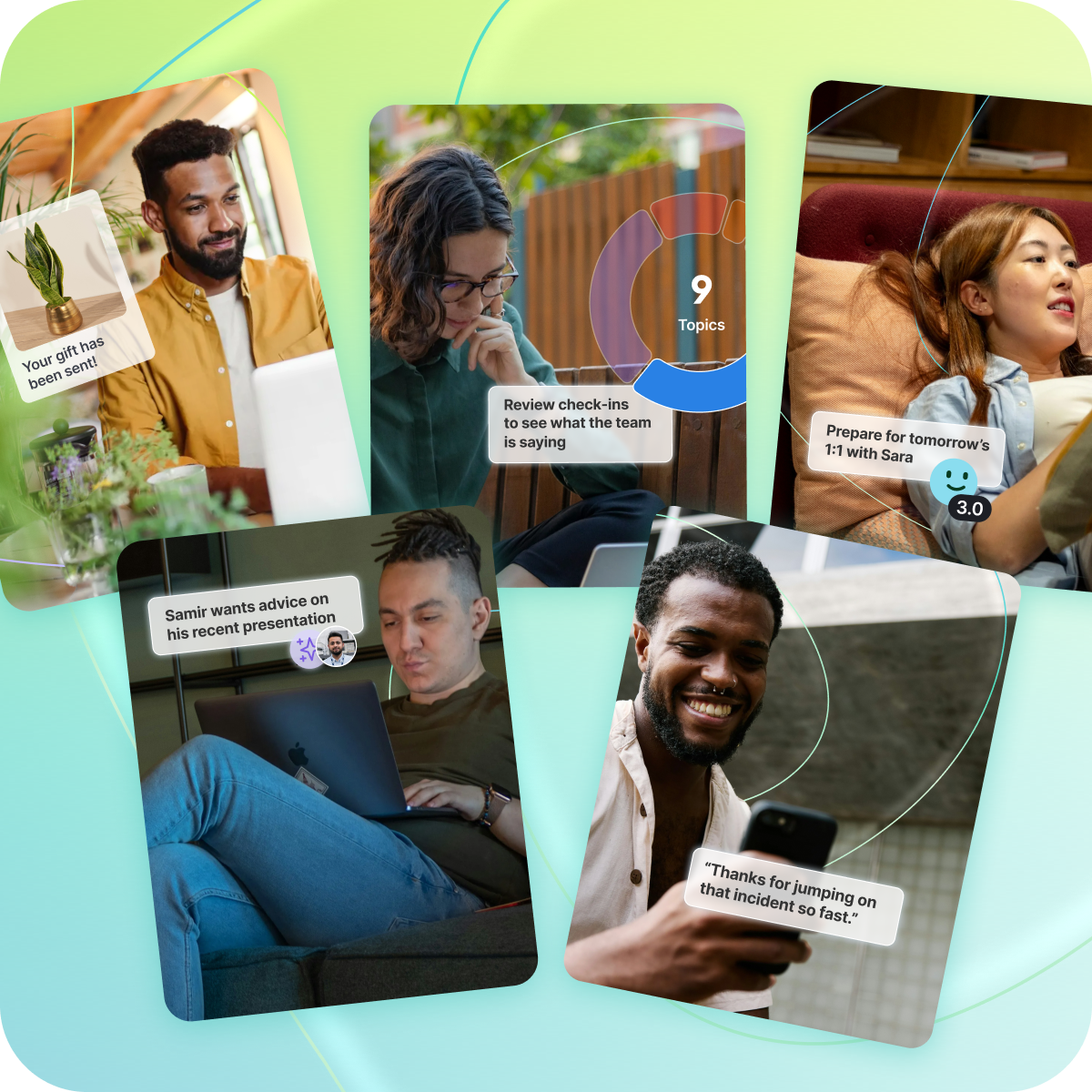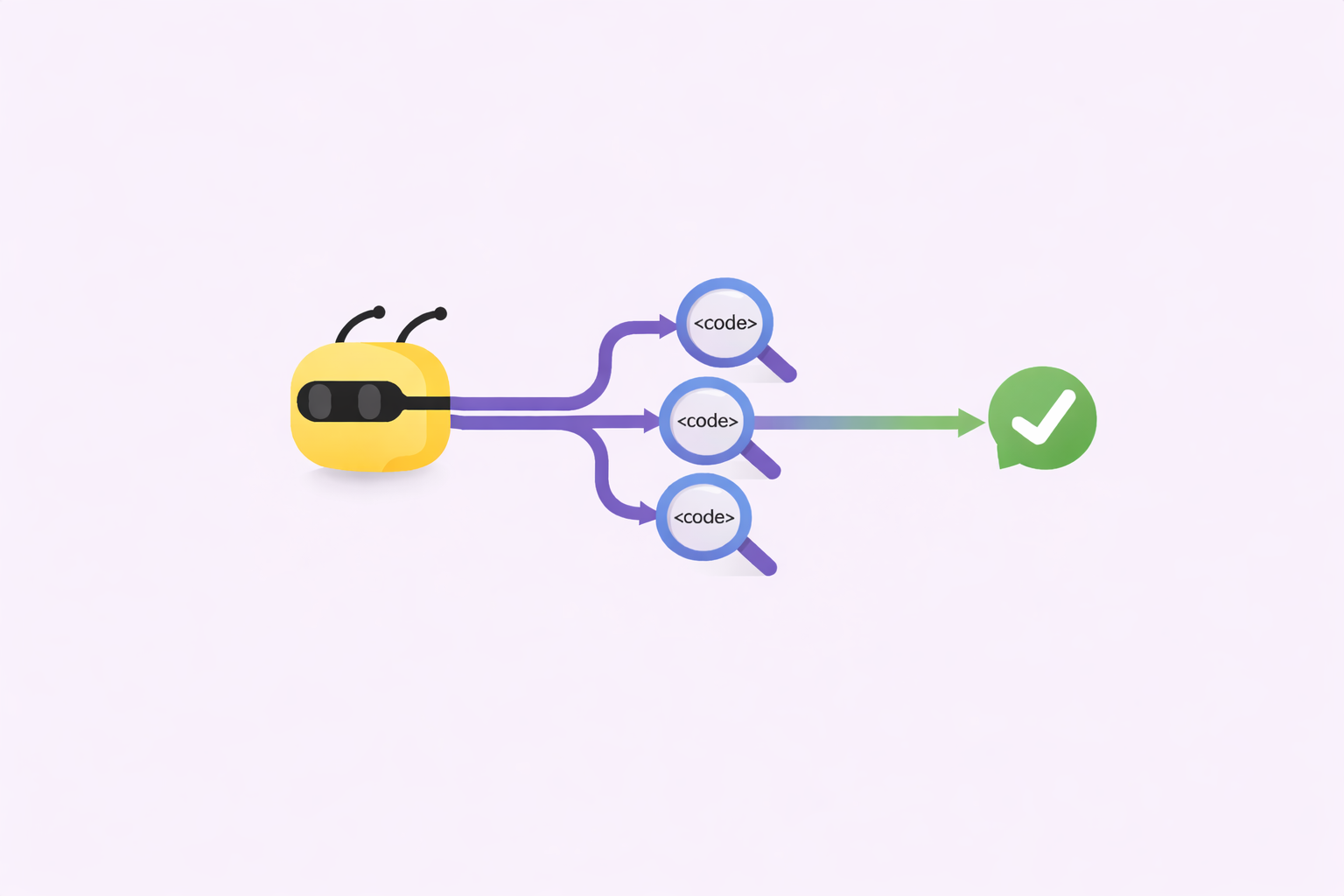Beyond Black & White: Transforming Your DEI Strategy with the Right Data

The last year has spotlighted global anti-Blackness.
Words like anti-racism and intersectionality have re-emerged in pop culture as we all seek to grapple with how systemic racism impacts our lived experiences.
We’ve called on our Black colleagues to educate us, challenged our white colleagues to change, and questioned ourselves to discover how we personally perpetuate racism.
Many of us now accept that anti-Black racism affects the criminal justice, education, healthcare, and economic systems… and yes, our workplaces. Some of us are being brutally honest, admitting that we haven’t quite done our part to change the narrative for race relations in the United States, specifically.
Watch Kalyn Wilson speak about the history of the Black experience and its associated workplace stereotypes, then share how HR leaders and practitioners can reframe their own biases to support Black talent in Foundations of Anti-Black Bias in the Workplace!
But what happens when the conversation goes beyond Black and white?
Anti-racism denotes action—being deliberate and consistent in recognizing, naming, and dismantling racist systems. To be anti-racist means we’re always rooting out racism when we see it. It also means we choose to recognize racism in places we don’t expect, in places we may ignore. Like other communities of color.

In the United States, racism against non-Black people of color (POC) is not nearly as salient as anti-Black racism. There are many reasons for this phenomenon, including intra-community anti-Blackness among POC, the pervasive structure of Black ostracism from American prosperity, and the cyclical yet largely ineffective efforts to achieve equity for Black Americans.
The lack of progress means we always have more work to do; consequently, the conversation never ends. The never-ending conversation on anti-Blackness leaves little room for other conversations to mature.
The horrific act of terrorism committed recently in Atlanta shows that needs to change. Anti-racism goes beyond Black and white. To be honest, as a Black woman, that feels difficult to say. There’s a part of me that would love to focus on my community until I see real, lasting progress. But that undermines the whole point of anti-racism work.
If anti-racism only addresses one part of the larger structure of racism, then it’s not anti-racism at all.
So I confront my own bias. I challenge the parts with me which have refused to see what is so obvious. For the past year anti-Asian bias has exploded in this country. Whether racial slurs, acts of physical violence, threats to psychological safety, or an overall sense of isolation, it is clear that the Asian and AAPI community is a target.
What does this have to do with anti-racism in the workplace?
The conversation around growing anti-Asian bias illuminates the fragility of our DEI strategies. What we thought we’d accomplished last year for the Black community cannot be replicated for any other group. That’s a problem. We reacted but didn’t respond. Here’s how I know:
- Can you name commonly used anti-Asian slurs?
- Are you aware of the microaggressions which disproportionately impact Asian and AAPI professionals?
- Have you educated yourself on how fetishization and dehumanization impact Asian and AAPI women in the workplace?
- Do you have data to highlight trends in Asian and AAPI internal mobility, or lack thereof?
- Do you have an Asian and/or AAPI employee resource group (ERG)? Does it receive the same level of organizational funding and visibility as other BIPOC ERGs?
- Does your leadership team recognize the ways in which inequity stratifies among the various subgroups of the Asian and AAPI community? Can they name specific interventions which counteract this inequity?
If you answer “no” to these questions, you didn’t create a strategy last year— you had an emotional reaction.
Being honest about that is how we make progress. A strategy would have empowered you to respond powerfully to the current anti-Asian crisis. Emotional reactions to traumatic events can be a useful catalyst for change, but they make ineffective strategies.
Effective strategy is always iterative. It moves us from being prescriptive and performative to being preventive and transformational in DEI work. The material impact on marginalized groups is incalculable.

What’s the difference in DEI approaches?
Prescriptive DEI work solves an immediate issue. It strokes our egos because we get the instant gratification of feeling successful. Performative DEI work satisfies our need for external validation. We haven’t assessed our work’s effectiveness or relevance; nevertheless, we feel good because others can affirm that we’re making an effort.
Notice what’s missing: Consistency. Purpose. Integration. Synergy.
Conversely, preventive DEI work anticipates change and crisis. It isn’t afraid to look for the next challenge because it knows both are inevitable. It recognizes that if we stay ready, we don’t have to get ready.
Preventive DEI doesn’t consider preparedness pessimism because being prepared saves time and money in the long run. And saves our reputation. (Yes, this matters.)
Transformational DEI work takes this even further. It builds a new system to replace prior dysfunction. It recognizes that you can’t build new gardens on rotten soil. It isn’t afraid to own up to its mistakes because it knows reconciliation can’t exist without culpability.
Most of all, it finds joy in creating a version of the organization that has never existed; it is willing to take on the arduous journey of lasting change. Lasting organizational change means lasting benefits for our colleagues.
How do we begin transforming our organization through DEI?
Transformation starts with the right data. Acquiring the right data begins with asking the right questions. How often do we solicit honest feedback from employees?
This means doing more than pulse surveys and quick check-ins at exit. It means we have a coordinated system to understand the climate at every stage of the employee lifecycle.
We used mixed methods to collect data, including comprehensive employee experience surveys and quality conversations across the company such as skip-level meetings and peer mentoring groups. We stay in collection mode to prevent crises from catching us by surprise.

We also avoid judging data prematurely. Data alone doesn’t tell the story; it simply informs the story we want to tell about the employee experience.
When we start by assuming a narrative, we limit our options for understanding the wide spectrum of experiences which are scattered throughout in the organization.
This spectrum includes the differing experiences of Black men from Asian women, autistic Latinx interns, and queer white executives, and all the other identities which are present. Here are a few questions which reflect openness to diverse experiences:
- Tell us about your experience at XYZ Inc.
- What parts of your experience here bring you joy? What parts cause anxiousness? Frustration?
- In what ways can we positively impact your growth?
- What motivates you?
- How have recent external events impacted your experience at XYZ Inc.?
Note the questions’ neutrality. They leave room for employees to share their lived experience, rather than cover or contort to fit the narratives which make leaders feel more comfortable.
The data we gather from these questions, and others like them, empower us to respond appropriate to any crisis, and prevent them. The resulting change creates a better workplace for us all.
For more employee engagement resources, check out:







